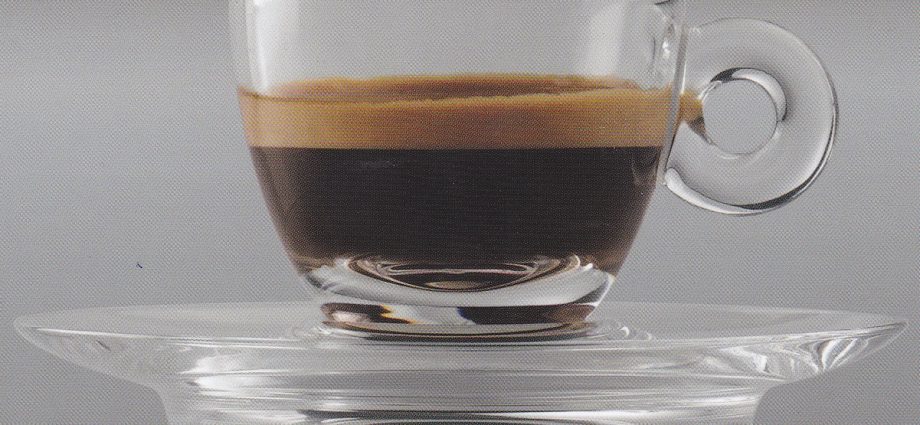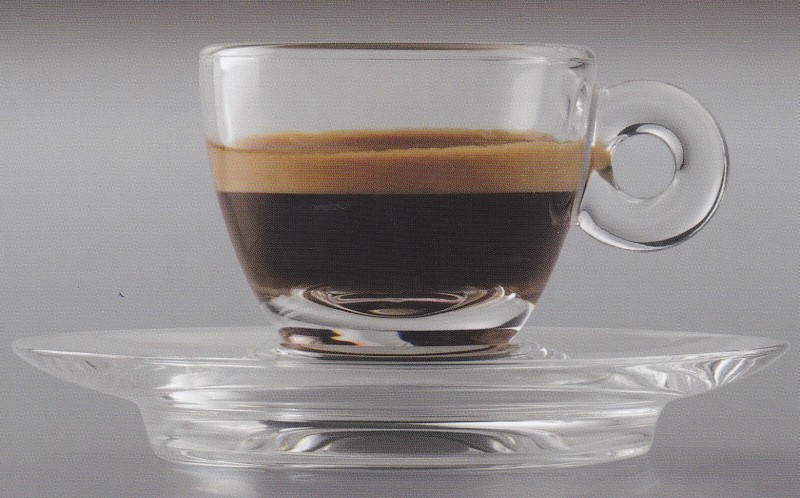If you are already a fan of espresso then you can go right to the end of this column to find out where you can get a fresh brewed hit of liquid brown heaven. For those of you who are novices to the consumption of this heavy-bodied, aromatic, bittersweet beverage, I am going to try to put together an espresso primer for you.
First, espresso is meant to be drunk quickly and hot and is often used as a base for other coffee drinks like Cappuccino, lattes, etc. Cool espresso is not very pleasant and should be used in cooking or to water your garden to repel earwigs. Right now there seems to be a couple of hundred simulated iced coffee type drinks available at the fast food places but don’t settle for junk, get the real thing from someone, preferably a Barista, who knows what they are doing.
Espresso is the process of making coffee, not necessarily the coffee itself. According to highly regarded coffee expert Kenneth Davids in his book Espresso Ultimate Coffee, “Espresso is coffee brewed from beans roasted dark brown, darker than the American norm but not black, with the brewing accomplished by hot water forced through a bed of finely ground, densely compacted coffee at a pressure of approximately nine atmospheres.”
The real heart of the process is the espresso maker itself. Without the high pressure extraction espresso would just be, well, just strong coffee. The prices can range from $50 for a stove top manual model to upwards of $20,000 for the super deluxe shiny model. A more reasonable price for a home or office model can be from $250 – $1000. But let’s not forget about the grinder. The best coffee is always fresh ground. A good espresso grinder can cost $100 for a home grinder, unless it is built in to a fully automatic espresso maker. As you can see making good espresso is not a cheap venture.
Having a great machine is important but if you start with stale poorly roasted coffee then all you will ever be able to achieve is at best a mediocre shot of espresso. Espresso beans are usually a blend of different beans to give the coffee a particular taste and physical characteristics. A roaster’s blend for espresso is as big a secret as how they get the caramel in the chocolate bar. One of the attributes that roasters strive for in their blends is to produce a good crema. The high pressure extraction creates a golden froth on the surface of the coffee and is what the Italians call the crema. This crema is one of the key quality indicators of a good espresso extraction. The thicker and creamier the crema the better expectation of a rich delicious shot of espresso. Too little crema or if the bubbles are too large and coarse then your initial opinion of the coffee is pretty low. I find that if I try to include some of the crema with every sip it creates a sweetness which increases my enjoyment of the coffee.
I know this is a lot to think about for a cup of coffee. If you are a novice or have never tried an espresso, why not head down to the Island Ink Jet at 8 Third St. W. and Clifford can make you one. If you are a fan already and are looking for a hit or a fully automatic espresso maker for the home and office, Clifford can demonstrate the Gamea Espresso Maker that he has on hand. The Gamea is exclusively available from Coffey’s Coffee.
And let’s not forget about buying that fresh roasted espresso blend from Coffey’s Coffee either.


